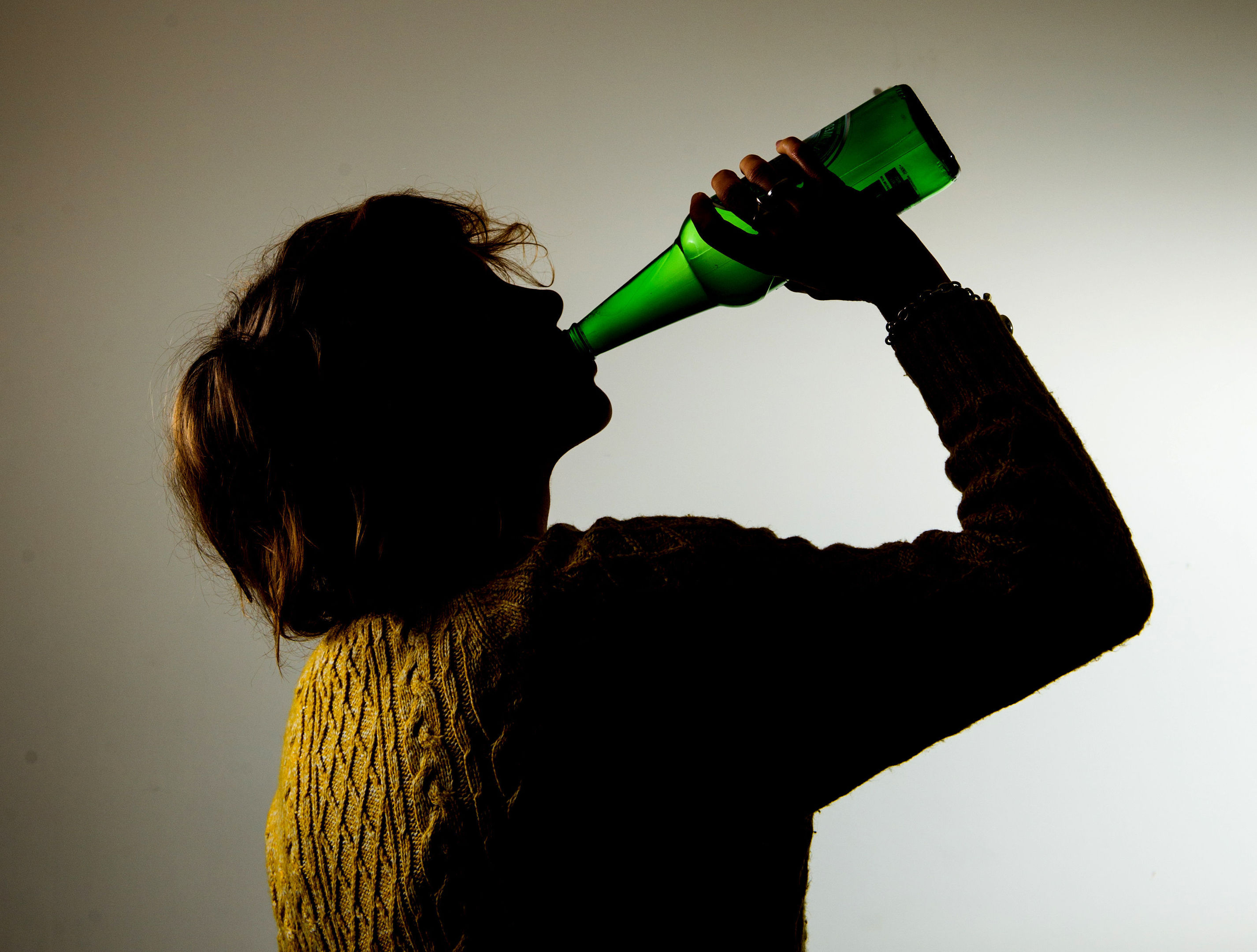
DRINKING heavily is more harmful to the poorest people in society, who are at greater risk of illness or death because of alcohol consumption, according to a medical study.
Published in medical journal The Lancet Public Health on Wednesday, it found there is a marked link between socio-economic status and the harm caused by drinking alcohol excessively.
Researchers taking part in the study found increased alcohol consumption was “disproportionately harmful” to the poorest in society.
Compared with light drinkers in advantaged areas, excessive drinkers were seven times at risk of an increase in alcohol harm.
This contrasted with excessive drinkers in deprived areas, who were 11 times at risk of an increase.
Harmful impacts of alcohol are higher in socio-economically disadvantaged communities.
However, until now it was unclear whether those were as a result of differences in drinking or as a result of other factors.
Lead author Dr Vittal Katikireddi, of the University of Glasgow, said: “Our study finds that the poorest in society are at greater risk of alcohol’s harmful impacts on health, but this is not because they are drinking more or more often binge drinking.
“Experiencing poverty may impact on health, not only through leading an unhealthy lifestyle but also as a direct consequence of poor material circumstances and psychosocial stresses.
“Poverty may, therefore, reduce resilience to disease, predisposing people to greater health harms of alcohol.”
The authors linked different sets of data to bring together information from Scottish Health Surveys with electronic health records, studying more than 50,000 people.
It suggested that even when other factors are accounted for, including smoking and obesity, living in deprived areas was consistently associated with higher alcohol-related harms.
Researchers defined harm from alcohol consumption based on deaths, hospital visits and prescriptions that were attributable to alcohol.
Study co-author Dr Elise Whitley said: “Heavier drinking is associated with greater alcohol-related harm in all individuals.
“However, our study suggests that the harm is greater in those living in poorer areas or who have a lower income, fewer qualifications or a manual occupation.”

Enjoy the convenience of having The Sunday Post delivered as a digital ePaper straight to your smartphone, tablet or computer.
Subscribe for only £5.49 a month and enjoy all the benefits of the printed paper as a digital replica.
Subscribe